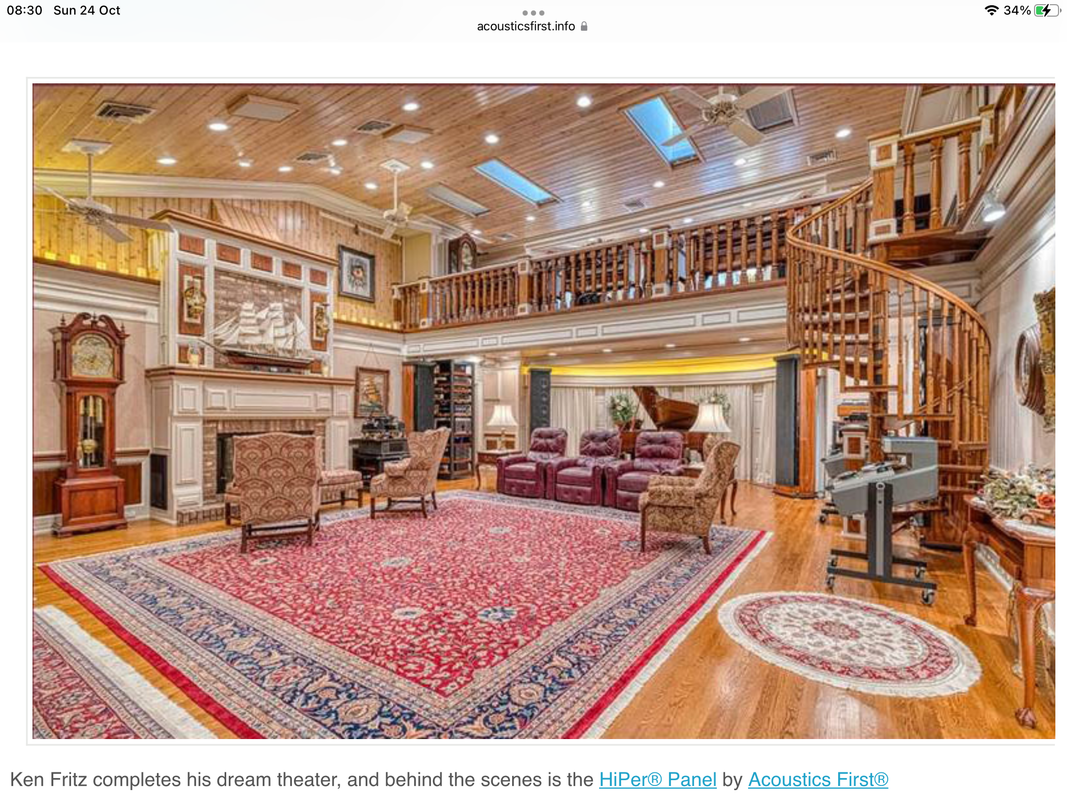I have only compared reflex loudspeakers in my room (26 Hz main mode) with 40 Hz tuning and 23 Hz tuning. Here, the lower frequency ones don't seem to excite room modes any differently to the higher, at least from REW measurement. However the bass from the ones with the lower frequency tuning (bigger drivers, of course and lower Q too) sounds like it has little of what I think people describe as "overhang" - certainly much less deviation from realistic.
I assume for now that's because most music I listen to has little content below 23 Hz but a lot more below 40 Hz.
This is why (as I posted above) I am interested in listening to PMCs "ATL" sort-of-transmission-line bass alignment with larger drivers than their typical consumer offerings. From a couple of sources it seems to provide rather broadband port output in support of the main bass driver instead of the more usual narrow band port output. I would love to hear that and have an informed opinion about it.


